-
 Bitcoin
Bitcoin $117900
0.31% -
 Ethereum
Ethereum $3766
0.28% -
 XRP
XRP $3.176
-0.31% -
 Tether USDt
Tether USDt $1.000
0.00% -
 BNB
BNB $795.6
1.51% -
 Solana
Solana $186.8
-1.09% -
 USDC
USDC $0.9999
-0.01% -
 Dogecoin
Dogecoin $0.2353
-1.33% -
 TRON
TRON $0.3226
1.49% -
 Cardano
Cardano $0.8172
-1.08% -
 Sui
Sui $4.178
3.06% -
 Hyperliquid
Hyperliquid $43.05
-3.39% -
 Stellar
Stellar $0.4367
-0.57% -
 Chainlink
Chainlink $18.62
1.47% -
 Hedera
Hedera $0.2828
6.63% -
 Bitcoin Cash
Bitcoin Cash $584.7
5.65% -
 Avalanche
Avalanche $24.81
2.53% -
 Litecoin
Litecoin $112.8
-0.88% -
 UNUS SED LEO
UNUS SED LEO $8.975
-0.08% -
 Shiba Inu
Shiba Inu $0.00001395
-1.07% -
 Toncoin
Toncoin $3.285
-1.05% -
 Ethena USDe
Ethena USDe $1.001
0.01% -
 Polkadot
Polkadot $4.123
0.76% -
 Uniswap
Uniswap $10.49
-0.18% -
 Monero
Monero $326.5
0.14% -
 Dai
Dai $0.9999
-0.02% -
 Bitget Token
Bitget Token $4.576
0.34% -
 Pepe
Pepe $0.00001247
-1.55% -
 Cronos
Cronos $0.1400
3.77% -
 Aave
Aave $295.1
-0.73%
The successful case of BTC's engulfing pattern at key support levels
BTC's bullish engulfing pattern at key support levels signals potential reversals, offering traders high-probability setups when confirmed with volume and confluence.
Jun 09, 2025 at 04:50 pm
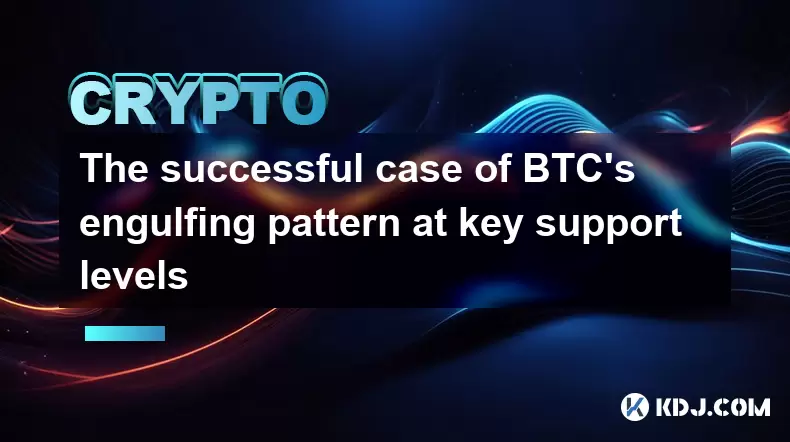
Understanding BTC's Engulfing Pattern at Key Support Levels
In the world of cryptocurrency trading, technical analysis plays a crucial role in predicting price movements. One of the most reliable candlestick patterns used by traders is the engulfing pattern, especially when it appears at key support levels. This article explores how Bitcoin (BTC) has historically formed engulfing patterns near critical support zones and what traders can learn from these instances.
Engulfing patterns are reversal signals that consist of two candles — a smaller candle followed by a larger one that completely engulfs the previous candle’s body. When this occurs at a well-established support level, it often signals a strong potential for a bullish reversal.
What Makes an Engulfing Pattern Significant at Support?
Support levels are areas where the price tends to find buying pressure strong enough to prevent further decline. These levels are typically identified through historical price action, moving averages, or Fibonacci retracement tools. When a bullish engulfing pattern forms at such a level, it suggests that buyers have taken control after a downtrend.
For example, if BTC drops to $30,000 and begins forming a large bullish candle that completely swallows the prior bearish candle, it may indicate a shift in market sentiment. Traders often watch for increased volume during this formation as confirmation that institutional buyers are stepping in.
Historical Case Study: BTC/USD Engulfing Reversal in Early 2023
A notable case occurred in early 2023 when BTC dropped to the $28,500 region. This level had previously acted as both support and resistance multiple times, making it a psychologically significant zone. A bearish candle formed on the daily chart, showing continued selling pressure.
Then, the following day, a large bullish candle appeared that completely engulfed the prior candle. Importantly, this engulfing candle closed above the midpoint of the previous candle’s range, adding strength to the signal. Over the next few weeks, BTC rallied over 20%, reaching $34,000 before encountering resistance again.
This scenario highlights how combining candlestick patterns with confluence from key support levels can lead to high-probability setups.
How to Identify a Valid Engulfing Pattern on BTC Charts
Identifying a valid engulfing pattern requires attention to detail. Here’s how to spot one:
- The first candle should reflect the current trend — bearish in a downtrend
- The second candle opens lower than the close of the first candle
- The second candle closes higher than the open of the first candle, fully engulfing its body
- The engulfing candle must form near a known support level
- Higher-than-average volume should accompany the engulfing candle
Traders should avoid entering immediately upon seeing the pattern. Instead, waiting for the engulfing candle to close and confirming the breakout above the prior candle’s high increases the probability of success.
Trading Strategy Based on BTC’s Engulfing Pattern at Support
Once a valid engulfing pattern is confirmed at a key support level, traders can structure their entries accordingly:
- Place a buy stop order slightly above the high of the engulfing candle
- Set a stop loss just below the low of the engulfing pattern
- Aim for targets based on recent swing highs or Fibonacci extensions
- Use trailing stops to lock in profits as the price moves upward
Risk management is essential here. Only risk a small percentage of your account (e.g., 1-2%) per trade. If the engulfing pattern fails and the price breaks below the support level, it could signal a continuation of the downtrend rather than a reversal.
Common Pitfalls and How to Avoid Them
Even experienced traders can fall into traps when interpreting engulfing patterns. Some common mistakes include:
- Ignoring the broader trend and context around the engulfing pattern
- Failing to check for confluence with other indicators like RSI or MACD
- Entering too early before the engulfing candle has fully closed
- Neglecting volume confirmation, which adds credibility to the pattern
To avoid these pitfalls, always ensure that the engulfing pattern aligns with other technical factors and that you’re not forcing trades based solely on candlestick formations.
FAQs
Q: Can engulfing patterns appear on all timeframes?
Yes, engulfing patterns can be found across all timeframes — from 1-minute charts to weekly charts. However, they carry more weight on higher timeframes like the daily or weekly due to the increased reliability of signals.
Q: Is the engulfing pattern more effective in BTC compared to altcoins?
While engulfing patterns work on any asset, they tend to be more reliable in major assets like BTC due to higher liquidity and stronger market participation. Altcoins can produce false signals more frequently because of lower volume and manipulation risks.
Q: Should I use indicators alongside engulfing patterns?
Yes, using complementary indicators like moving averages, RSI, or volume helps confirm the validity of an engulfing pattern. For instance, if RSI is oversold and the engulfing pattern appears, it strengthens the reversal signal.
Q: How do I know if a support level is “key”?
A key support level is typically defined by multiple touches, prior swing lows, Fibonacci retracement levels, or psychological round numbers like $30,000 for BTC. The more times a level has held in the past, the stronger it becomes.
Disclaimer:info@kdj.com
The information provided is not trading advice. kdj.com does not assume any responsibility for any investments made based on the information provided in this article. Cryptocurrencies are highly volatile and it is highly recommended that you invest with caution after thorough research!
If you believe that the content used on this website infringes your copyright, please contact us immediately (info@kdj.com) and we will delete it promptly.
- Crypto ETFs and Altcoins: Navigating the Wild West with Meme Coins and Tokenized Assets
- 2025-07-27 23:04:06
- Pi Coin in 2026: Will It Be Worth the Wait?
- 2025-07-27 23:10:12
- Dogecoin Price Prediction: Bullish W Pattern Sparks Hope for $1 DOGE
- 2025-07-27 23:15:21
- Bitcoin Price, Portfolio Growth, and the Remittix Alternative: Navigating the Crypto Landscape
- 2025-07-27 23:04:06
- Cryptos to Watch in 2025: Punisher Coin, Chainlink, and the Altcoin Arena
- 2025-07-27 18:30:13
- Bitcoin, Altcoins, Rebound: Navigating the Crypto Comeback Trail
- 2025-07-27 18:30:13
Related knowledge
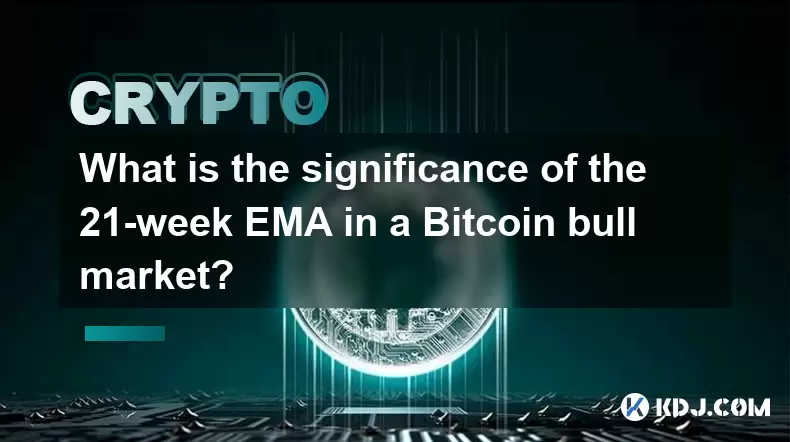
What is the significance of the 21-week EMA in a Bitcoin bull market?
Jul 10,2025 at 06:56pm
Understanding the 21-Week EMA in Cryptocurrency AnalysisThe 21-week Exponential Moving Average (EMA) is a technical indicator widely used by traders a...
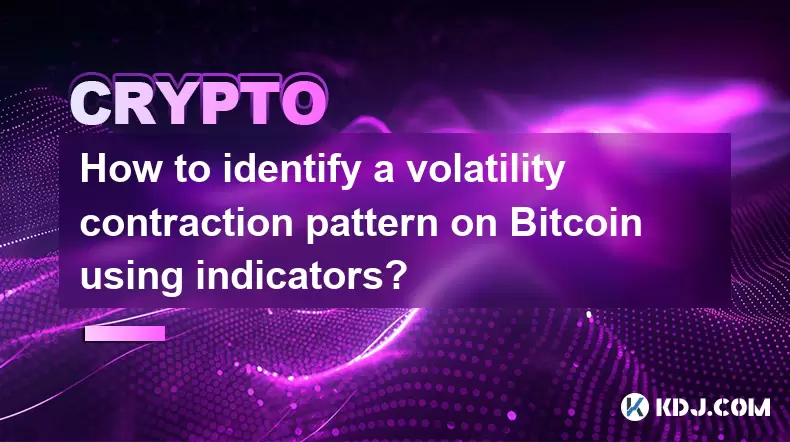
How to identify a volatility contraction pattern on Bitcoin using indicators?
Jul 07,2025 at 07:28am
What is a Volatility Contraction Pattern in Bitcoin Trading?A volatility contraction pattern refers to a phase where the price movement of an asset, s...
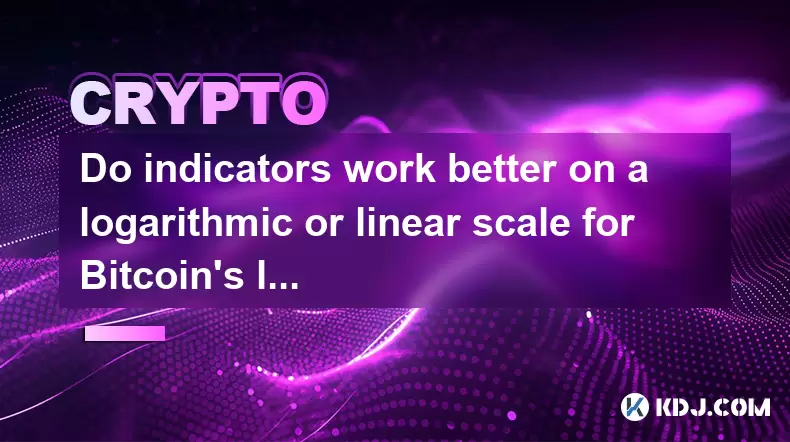
Do indicators work better on a logarithmic or linear scale for Bitcoin's long-term chart?
Jul 08,2025 at 01:42pm
Understanding Chart Scales in Cryptocurrency TradingIn cryptocurrency trading, particularly for analyzing Bitcoin's long-term trends, chart scales pla...

What is the Woodies CCI indicator and can it be used for Bitcoin?
Jul 04,2025 at 05:14pm
Understanding the Woodies CCI IndicatorThe Woodies CCI indicator is a variation of the traditional Commodity Channel Index (CCI), which was originally...
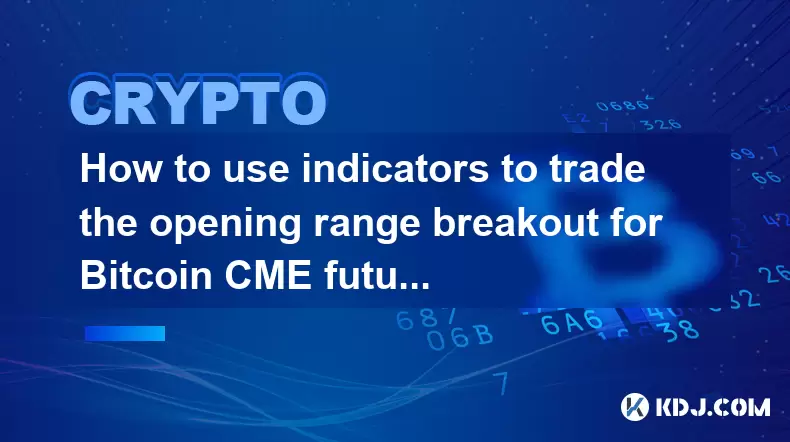
How to use indicators to trade the opening range breakout for Bitcoin CME futures?
Jul 05,2025 at 07:35pm
What Is the Opening Range Breakout Strategy?The opening range breakout (ORB) strategy is a popular trading technique used in both traditional markets ...
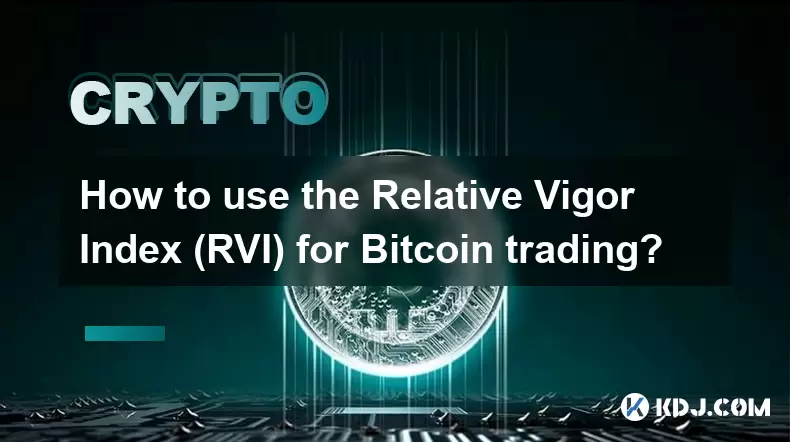
How to use the Relative Vigor Index (RVI) for Bitcoin trading?
Jul 07,2025 at 02:00pm
Understanding the Relative Vigor Index (RVI)The Relative Vigor Index (RVI) is a technical analysis tool used to assess the strength of price movements...

What is the significance of the 21-week EMA in a Bitcoin bull market?
Jul 10,2025 at 06:56pm
Understanding the 21-Week EMA in Cryptocurrency AnalysisThe 21-week Exponential Moving Average (EMA) is a technical indicator widely used by traders a...

How to identify a volatility contraction pattern on Bitcoin using indicators?
Jul 07,2025 at 07:28am
What is a Volatility Contraction Pattern in Bitcoin Trading?A volatility contraction pattern refers to a phase where the price movement of an asset, s...

Do indicators work better on a logarithmic or linear scale for Bitcoin's long-term chart?
Jul 08,2025 at 01:42pm
Understanding Chart Scales in Cryptocurrency TradingIn cryptocurrency trading, particularly for analyzing Bitcoin's long-term trends, chart scales pla...

What is the Woodies CCI indicator and can it be used for Bitcoin?
Jul 04,2025 at 05:14pm
Understanding the Woodies CCI IndicatorThe Woodies CCI indicator is a variation of the traditional Commodity Channel Index (CCI), which was originally...

How to use indicators to trade the opening range breakout for Bitcoin CME futures?
Jul 05,2025 at 07:35pm
What Is the Opening Range Breakout Strategy?The opening range breakout (ORB) strategy is a popular trading technique used in both traditional markets ...

How to use the Relative Vigor Index (RVI) for Bitcoin trading?
Jul 07,2025 at 02:00pm
Understanding the Relative Vigor Index (RVI)The Relative Vigor Index (RVI) is a technical analysis tool used to assess the strength of price movements...
See all articles

























































































